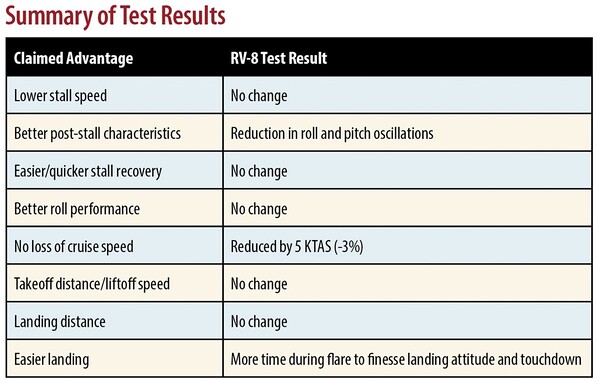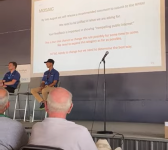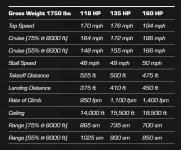So that means one can't exercise sport pilot privileges while flying an experimental aircraft that has previously obtained a special airworthiness certificate (not in the LSA category)?
No. One can exercise sport pilot privileges in any aircraft as long as it meets the applicable performance requirements - it doesn't matter what style of airworthiness certificate it has (standard, E-AB, E-LSA, S-LSA, whatever). This is true now and will continue to be true under the proposed MOSAIC rules.
Here's what the new proposed rules are for what Sport Pilots will be able to operate. This is straight from pages 296-297 of the NPRM, except that I've edited it down to remove references to anything other than land-based airplanes:
§ 61.316 What are the performance limits and design requirements for the aircraft that a sport pilot may operate?
If you hold a sport pilot certificate, you may act as pilot in command of an aircraft that, since its original certification, meets the following requirements:
(1) A maximum stalling speed or minimum steady flight speed without the use of lift-enhancing devices (VS1) of [...] not more than 54 knots CAS at the aircraft’s maximum certificated takeoff weight and most critical center of gravity.
(2) A maximum seating capacity of [...] four persons.
(3) A non-pressurized cabin, if equipped with a cabin.
(4) [...] a fixed or ground-adjustable propeller, except as provided in paragraph (b) of this section.
(7) [...] the loss of partial power would not adversely affect directional control of the aircraft and the aircraft design must allow the pilot the capability of establishing a controlled descent in the event of a partial or total powerplant failure.
(11) [...] fixed landing gear except as provided in paragraph (b) of this section.
(b) If you hold a sport pilot certificate, you may act as pilot in command of an airplane that, since its original certification, has retractable landing gear or a controllable pitch propeller if you have met the training and endorsement requirements specified in § 61.331.
-
Or, put more simply, a Sport Pilot would be able to operate any airplane whatsoever with VS1 <= 54 KCAS, 4 seats or fewer, unpressurized, and that doesn't become uncontrollable in the event of power loss; an endorsement would be required if it has a controllable pitch (e.g. constant speed) prop or retractable gear.
The new MOSAIC rules draw a clearer divide between aircraft that a sport pilot may operate and special aircraft certification. The latter is what does not apply to existing experimental aircraft. The proposed 61.316 would let sport pilots fly many existing E-ABs, but the airworthiness certificate of those E-ABs would not and could not change.
Last edited:







